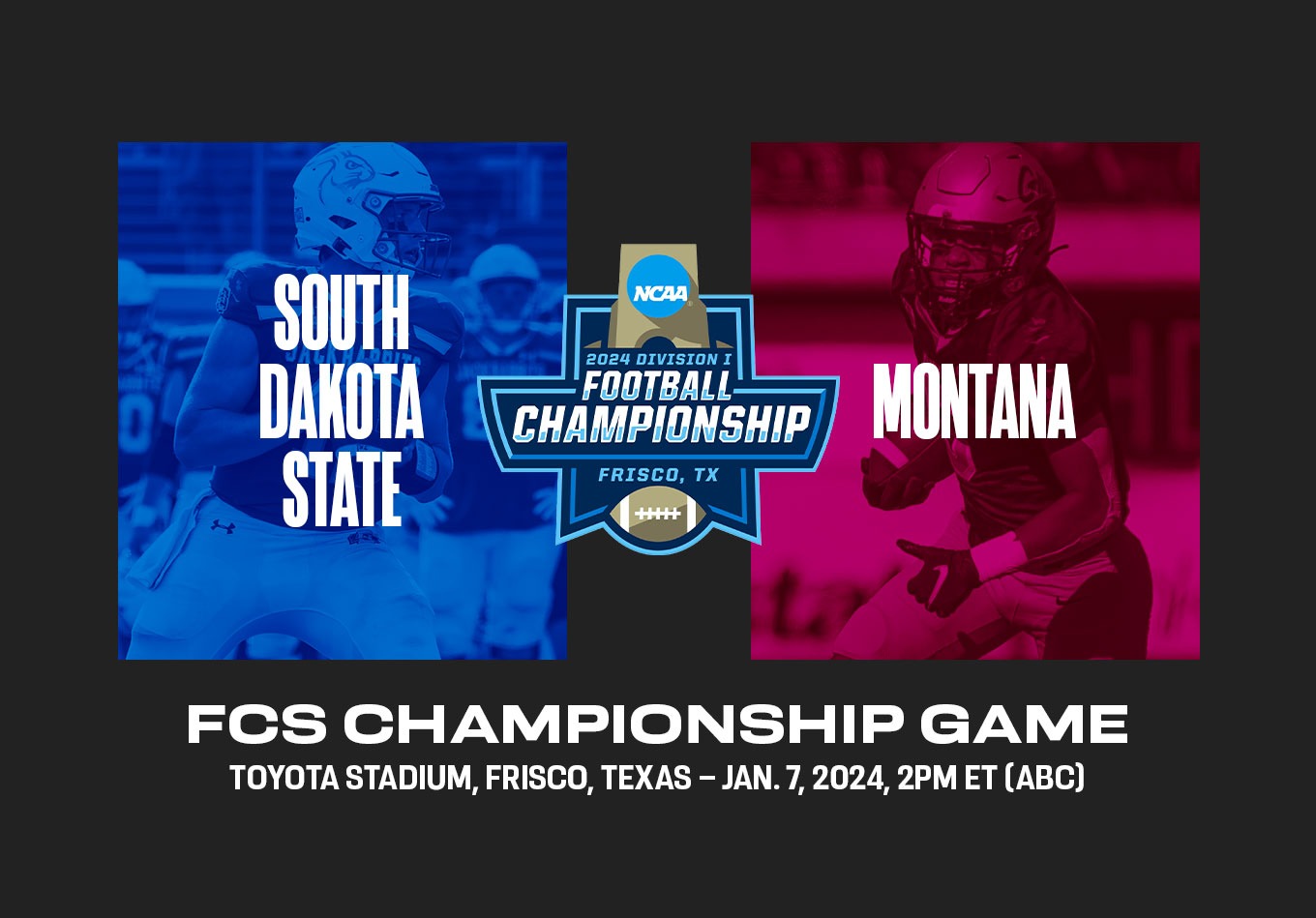Part of The Analyst’s FCS series called “By the Numbers,” which analyzes data to help tell the story of FCS college football.
Getting to the national championship at any level of college football is a brutal challenge.
When it comes to the Division I level, it’s even tougher.
You have millions of eyeballs watching, tons of money involved, massive stadiums and fanbases to consider – and to win you also need to recruit a bunch of talent.
That talent is going to be fought over, and it’s an advantage for your school to be close to that talent.
Schools in Florida, Texas and California have two major advantages: One is they are the three-most highly populated states in the country. Second is the climate of all three states – there’s plenty of sunshine, and often warmer temperatures, in all three.
With all of the above considered, that’s what makes it even more impressive that it seems year in and year out, schools from sparsely populated Montana and the Dakotas (North and South) make the FCS national championship game. In fact, this is the third straight year in which both participants are from these three cold-weather states.
To build a championship program, a school has to attract talent – and in these three particular states, that’s not easy. To start with, there aren’t large cities and the competition is fierce. In fact, all six of the FCS schools located in these three states made the FCS playoffs this year: Montana, Montana State, North Dakota, North Dakota State, South Dakota and South Dakota State.
The championship game on Jan. 7 has come down to top-ranked South Dakota State, the defending national champion, and No. 2 Montana.
So what makes up the UM and SDSU rosters? A look at their rosters could be broken down into categories: 1) in-state; 2) regional (adjacent within two states); and 3) big-three hotbeds California, Florida, and Texas. Then we named a special “hidden gem” state.
Not surprisingly, the numbers prove that both FCS powerhouses have to spend a lot of time outside their home states to get the talent needed to compete at such a high level.
Following is how the Grizzlies and Jackrabbits do it. (And, yes, we included walk-ons because they are the life-blood of FCS football.)
Montana Grizzlies
To start with, keep in mind, not only does Montana have to go out of state to mine talent, the 2023 Big Sky champion also must battle another FCS powerhouse in-state in Montana State. It’s an impressive balancing act when you consider both programs were seeded of the top six of the 2023 FCS playoffs.
In-State Players: 48 of 109 on the roster
Regional (Idaho, Oregon, Utah, Washington): 27 players
Big Three (California, Florida, Texas): 14 players
Hidden Gem State: Washington with 17 players
Total States on Rosters: 19 (plus British Columbia, Canada)
The Summary: While nearly half of Montana’s roster hails from the Big Sky state, the percentage drops immensely when you break down the two-deep roster. Only 16 in-staters were listed in Montana’s two-deep rotation going into the FCS national semifinal round against North Dakota State, and only seven were starters. When it comes to the starting lineup (we included kicker and punter), there’s a Canadian, along with players from Indiana and Minnesota, but only seven hail from the state of Montana.
South Dakota State Jackrabbits
Like Montana, MVFC champion South Dakota State deals with a lot of nearby competition for its talent. For instance, this year, South Dakota broke through and had its best season as an FCS team since moving up from Division II in 2008. On top of that, the Jackrabbits have North Dakota State to deal with next door. But, hey, let’s face it, SDSU has been the best team in FCS football for two years now, and that has its recruiting advantages.
In-State Players: 27 of 108 on the roster
Regional (Iowa, Nebraska, Minnesota, Wisconsin): 35 players
Big Three (California, Florida, Texas): 10 players
Hidden Gem State: Illinois with 12 players
Total States on Rosters: 18 (plus Saskatchewan, Canada)
The Summary: As you can see from the numbers, SDSU doesn’t draw recruits in-state as much as Montana. Regional hotbeds like Iowa and Nebraska fit the mold for this program, and the Jackrabbits will dip farther south for skill-position talent into states like Missouri and Arizona, which was always one of John Stiegelmeier’s favorite states to recruit when he served as the school’s head coach. When it comes to the starting lineup, regional states lead with nine starters, while eight are in-staters and Illinois contributes six.
